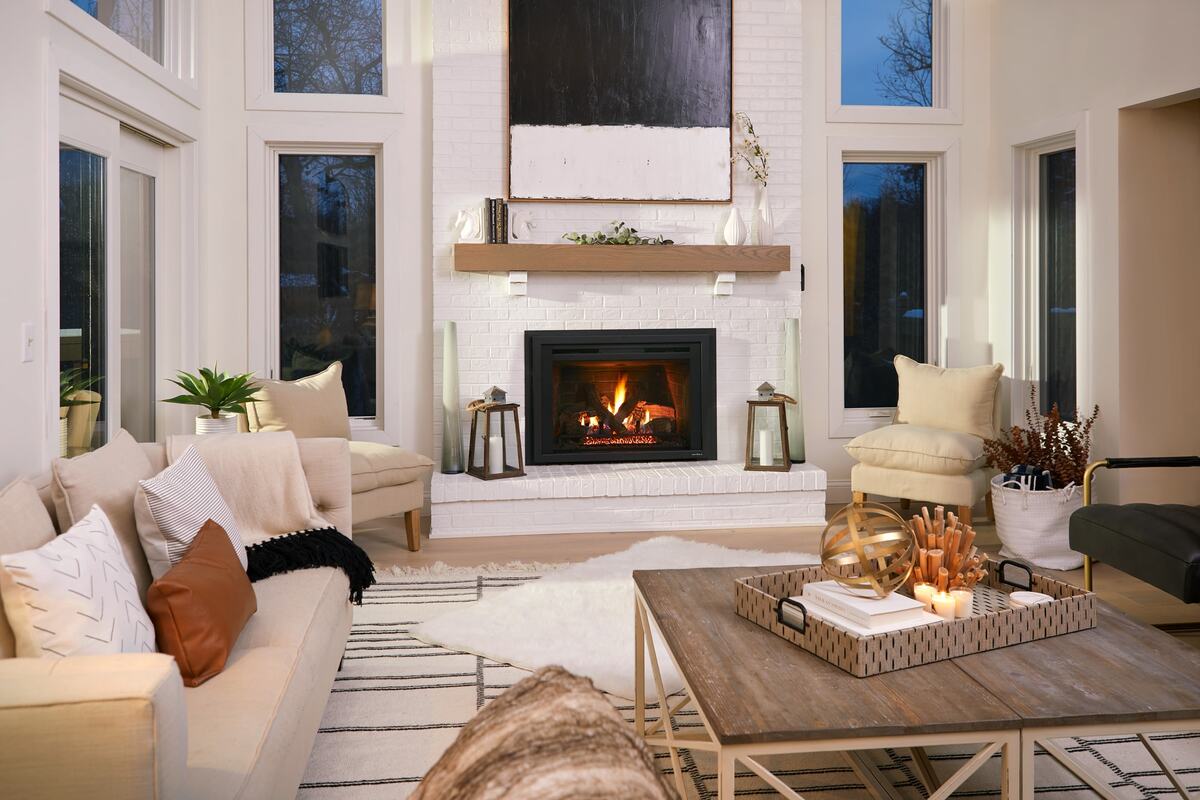

Articles
How To Install A Fireplace At Home
Modified: October 20, 2024
Learn how to add a cozy and inviting fireplace to your house with our informative articles. Expert tips and step-by-step guides for a seamless installation.
(Many of the links in this article redirect to a specific reviewed product. Your purchase of these products through affiliate links helps to generate commission for Storables.com, at no extra cost. Learn more)
Introduction
Adding a fireplace to your house can bring warmth, ambiance, and a touch of elegance to your living space. Whether you’re looking to create a cozy gathering spot or simply want to enhance the aesthetic appeal of your home, a fireplace can be a wonderful addition that adds value and comfort.
However, the process of adding a fireplace to your house requires careful planning and consideration. From assessing the space to selecting the right type of fireplace and ensuring proper installation and safety measures, there are several aspects that need to be taken into account.
In this article, we will guide you through the steps involved in adding a fireplace to your house. We will discuss the importance of assessing the space, choosing the right type of fireplace, preparing the area, the installation process, ventilation and safety considerations, and adding finishing touches to complete the look of your fireplace.
So, let’s dive in and explore the exciting journey of transforming your house into a cozy and inviting haven with the addition of a beautiful fireplace!
Key Takeaways:
- Transform your house into a cozy haven by adding a fireplace. Assess the space, choose the right type, prepare the area, ensure safe installation, and add finishing touches for a stunning and functional addition.
- Prioritize ventilation and safety when adding a fireplace. Consider clearance, carbon monoxide detection, fire safety, and childproofing. Complete the look with mantels, decorative surrounds, and lighting for a captivating focal point.
Read more: How To Install A Fireplace
Assessing The Space
Before adding a fireplace to your house, it’s essential to assess the available space and determine the feasibility of installing a fireplace. Consider the size, layout, and structural integrity of the room where you plan to introduce the fireplace.
Firstly, evaluate the dimensions of the room to determine if it can accommodate a fireplace of your desired size. Measure the height, width, and depth of the space where you envision installing the fireplace. This will help you choose a fireplace that fits seamlessly into the room without overpowering the space or looking disproportionate.
Next, assess the layout of the room to identify the most suitable location for the fireplace. Consider factors such as proximity to existing furniture, windows, and doors. You want to ensure that the fireplace becomes a focal point of the room without obstructing the natural flow or functionality of the space.
In addition, examine the structural integrity of the room’s walls and floors. Some fireplace types require proper support, such as a sturdy backing or a reinforced floor. Consult with a professional contractor or structural engineer to determine if any modifications are needed to safely accommodate the fireplace.
Furthermore, consider the availability of utilities such as gas, electricity, or a chimney. Depending on the type of fireplace you choose, you may need access to these utilities for proper functionality. If you don’t have the necessary utilities readily available, you may need to factor in the cost and feasibility of installing them.
By thoroughly assessing the space, you can gain a clear understanding of the limitations and possibilities for adding a fireplace to your house. This will guide you in making informed decisions about the type of fireplace that will best suit your space and ensure a seamless integration into your home’s design.
Choosing The Right Type of Fireplace
When it comes to adding a fireplace to your house, you have a variety of options to choose from. Each type of fireplace offers its own unique benefits and considerations. Here are some popular types of fireplaces to help you decide:
- Wood-Burning Fireplace: A classic and traditional option, wood-burning fireplaces provide a cozy and authentic ambiance. They require a chimney for proper ventilation and can be both an aesthetic and functional focal point in a room. However, they do require regular maintenance, including cleaning and stocking up on firewood.
- Gas Fireplace: Gas fireplaces offer convenience and ease of use. They can be operated with a simple switch or remote control, providing instant heat and adjustable flames. Gas fireplaces are usually vented directly through an exterior wall or can be vent-free, making them versatile for installation in various areas of the house. They are relatively low maintenance, with no ash, soot, or wood storage required.
- Electric Fireplace: Electric fireplaces are a popular choice for those who want a fireplace without the need for ventilation or fuel. They provide a realistic flame effect using LED lights and can be easily installed in any room. Electric fireplaces often come with adjustable temperature settings and remote control operation, allowing you to set the ambiance without the hassle of traditional fireplaces.
- Ethanol Fireplace: Ethanol fireplaces are a modern and environmentally-friendly option. They burn bioethanol fuel, which produces no smoke or harmful emissions. Ethanol fireplaces don’t require a chimney or gas line, making them easy to install and versatile in terms of placement. However, they may not provide as much heat output as other fireplace types.
When choosing the right type of fireplace, consider factors such as your heating needs, maintenance preferences, and the overall style of your house. Take into account the installation requirements, including the availability of utilities, ventilation options, and any local building codes or regulations that may impact your choice.
It’s also beneficial to consult with a professional fireplace installer or designer who can assess your specific needs and guide you towards the most suitable type of fireplace for your house. They can help you weigh the pros and cons of each option and ensure a seamless installation that enhances both the functionality and aesthetic appeal of your home.
Preparing The Area
Once you have chosen the right type of fireplace for your house, it’s time to prepare the area where the fireplace will be installed. Proper preparation is crucial to ensure a smooth and successful installation process. Here are some key steps to follow:
- Clearing the Space: Begin by removing any furniture, decorations, or obstructions from the area where the fireplace will be situated. This will provide a clear and open workspace for the installation process.
- Protecting the Surrounding Area: Take precautions to protect the surrounding walls, floors, and furniture from damage during installation. Use drop cloths, plastic sheets, or cardboard to cover and secure the area from any debris, dust, or potential spills.
- Preparing the Wall: If you are installing a wall-mounted fireplace, ensure that the wall is sturdy enough to support the weight of the fireplace. Depending on the fireplace type, you may need to reinforce the wall or add a backing to provide proper support.
- Creating a Hearth: If you are installing a traditional fireplace, consider adding a hearth to create a designated area in front of the fireplace. The hearth can be made of various materials such as stone, tile, or brick, and will provide a safe and visually appealing base for the fireplace.
- Arranging Utility Connections: If your fireplace requires gas or electricity, make sure the necessary connections are in place. Consult a professional installer or technician to ensure that the connections are done safely and meet the required codes and regulations.
While preparing the area, it’s important to follow any manufacturer’s guidelines and consult with professionals if you have any doubts or questions. Taking the time to properly prepare the area will help ensure a seamless installation, minimize potential risks, and create a beautiful fireplace that seamlessly integrates into your home.
When adding a fireplace to your house, consider the type of fuel you want to use (wood, gas, electric) and the location for proper ventilation and safety. It’s also important to comply with local building codes and regulations.
Installing The Fireplace
Installing a fireplace is a crucial step in the process of adding warmth and beauty to your house. Depending on the type of fireplace you have chosen, the installation process may vary. It is recommended to consult with a professional fireplace installer or contractor for a safe and efficient installation. However, here are some general steps to give you an idea of what to expect:
- Follow Manufacturer’s Instructions: Carefully read and follow the manufacturer’s instructions provided with your fireplace. These instructions will guide you through the specific installation steps and safety precautions.
- Positioning and Mounting: If you have a wall-mounted fireplace, use a level and measurements to ensure proper alignment and positioning on the wall. Mark and drill any necessary holes for mounting brackets or hardware.
- Connection and Gas Line Installation: If you have a gas fireplace, consult with a licensed professional to install the necessary gas line connections. The gas line should be securely connected, and all connections should be tested for leaks.
- Electrical Wiring: For electric fireplaces, follow electrical codes and guidelines to properly wire and connect the fireplace to a power source. Ensure that all electrical connections are safely secured and tested.
- Ventilation: If your fireplace requires ventilation, such as a chimney or vent pipe, make sure it is properly installed. Consult professionals to ensure that the ventilation system effectively removes smoke, fumes, and byproducts of combustion.
- Finishing Touches: Once the fireplace is securely installed, make any necessary adjustments and test the functionality of the fireplace. Apply any desired finishing touches, such as adding trim or mantel, to enhance the overall appearance of the fireplace.
It’s important to note that fireplace installation may involve working with potentially hazardous elements such as gas, electricity, or open flames. To ensure a safe installation and minimize any potential risks, seek professional assistance, especially if you lack the necessary knowledge or experience.
By following proper procedures and consulting with professionals, you can enjoy a beautifully installed fireplace that adds comfort and charm to your house for years to come.
Read more: How To Install A Stucco Fireplace
Ventilation and Safety Considerations
When adding a fireplace to your house, ventilation and safety considerations are of utmost importance to ensure the well-being of your home and its occupants. Proper ventilation not only ensures the efficient operation of your fireplace but also helps maintain optimal indoor air quality. Here are some key factors to consider:
- Chimney or Vent Pipe: If you have a wood-burning or gas fireplace, it is essential to have proper ventilation in the form of a chimney or vent pipe. The chimney or vent pipe removes smoke, fumes, and byproducts of combustion from the house. Regular cleaning and maintenance are necessary to prevent blockages and ensure efficient airflow.
- Clearance and Heat Protection: Maintain proper clearance around the fireplace to prevent the risk of accidental fires. Flammable materials such as curtains, furniture, or decorations should be kept a safe distance away from the fireplace. Install heat-resistant barriers or shields to protect nearby walls and surfaces from excessive heat.
- Carbon Monoxide (CO) Detection: Install carbon monoxide detectors in close proximity to the fireplace and in sleeping areas. Carbon monoxide is a colorless, odorless gas produced by incomplete combustion that can be harmful or fatal if inhaled. Detectors should be tested regularly and batteries should be replaced as needed.
- Fire Safety Measures: Keep fire safety equipment readily accessible, including fire extinguishers and smoke detectors. Regularly inspect and maintain these devices to ensure their effectiveness in case of an emergency. Develop and practice a fire escape plan with all members of your household.
- Childproofing: If you have children or pets in the household, take extra precautions to childproof the fireplace area. Use fireplace screens or gates to prevent accidental burns or access to the fireplace. Keep fireplace tools, matches, and lighters out of reach of young children.
It is highly recommended to consult with professionals, such as certified chimney sweeps or fireplace technicians, to assess and maintain the safety of your fireplace and ventilation system. They can provide valuable guidance, conduct inspections, and address any concerns or issues related to your fireplace’s ventilation and safety.
By prioritizing proper ventilation, adhering to safety measures, and staying vigilant about maintenance, you can enjoy the warmth and comfort of your fireplace while ensuring the well-being of your home and loved ones.
Adding Finishing Touches
Once the fireplace installation is complete, it’s time to add the finishing touches that will elevate the overall look and feel of your fireplace. These final details help create a cohesive and visually appealing focal point in your living space. Here are some ideas for adding those special touches:
- Mantel: Install a mantel above your fireplace to add a touch of elegance and provide a space for displaying decorative items such as artwork, family photos, or seasonal decorations. Choose a mantel style that complements the overall design aesthetic of your house.
- Decorative Surrounds: Consider adding decorative surrounds or tiles around the fireplace to enhance its visual impact. You can choose from a range of materials such as stone, tile, brick, or wood, depending on your personal style and the existing decor in the room.
- Fireplace Accessories: Select stylish and functional fireplace accessories such as fire screens, log holders, and fireplace tools. These accessories not only enhance the aesthetic appeal of your fireplace but also serve practical purposes in maintaining and tending to the fire.
- Lighting: Install accent lighting around the fireplace to create a warm and inviting ambiance. Consider recessed lighting, wall sconces, or even LED strip lights to highlight the architectural features and illuminate the fireplace area.
- Decorative Elements: Incorporate decorative elements such as artwork, mirrors, or wall hangings above the mantel to add personality and style to the fireplace. Consider the scale and proportion of the decorative pieces to ensure a balanced and harmonious arrangement.
When selecting the finishing touches for your fireplace, take into consideration the existing decor and style of the room. Choose elements that complement the overall design aesthetic and create a cohesive look throughout the space.
Remember, the goal is to create a cozy and inviting atmosphere that reflects your personal taste and adds warmth to your living space. Adding these final touches will help transform your fireplace into a stunning centerpiece that enhances the beauty and charm of your house.
Conclusion
Adding a fireplace to your house can transform it into a warm and inviting haven, providing both aesthetic beauty and functional warmth. However, the process of adding a fireplace requires careful planning and consideration of various factors.
In this article, we discussed the importance of assessing the space before adding a fireplace. Understanding the dimensions, layout, and structural integrity of the room is crucial to determine the feasibility of installation. We also explored the different types of fireplaces available, including wood-burning, gas, electric, and ethanol options. Each type has its own benefits and considerations, and it’s essential to select the one that aligns with your preferences and needs.
Preparing the area is another vital step in the process. Clearing the space, protecting the surroundings, and making necessary structural and utility adjustments ensure a smooth and safe installation process. Speaking of installation, it’s crucial to follow the manufacturer’s instructions and, when in doubt, seek the assistance of professionals to ensure a proper and secure installation.
Ventilation and safety considerations cannot be overlooked when adding a fireplace. Proper ventilation, clearance, and the installation of necessary safety measures such as carbon monoxide detectors are essential to maintain a safe and healthy environment. Additionally, childproofing the fireplace area is crucial if there are young children or pets in the house.
Finally, adding finishing touches completes the fireplace’s look and creates a visually stunning focal point in your living space. From mantels and decorative surrounds to lighting and accessories, these final details add personality and style to your fireplace.
In conclusion, adding a fireplace to your house is a rewarding and worthwhile endeavor that enhances both the aesthetic appeal and functional comfort of your home. By paying attention to all the necessary steps, including space assessment, proper installation, and safety considerations, you can enjoy the cozy ambiance and warmth that a beautiful fireplace brings for years to come.
So get ready to embark on this exciting journey of adding a fireplace to your house, and prepare to create cherished memories around the comforting glow of your new fireplace!
Frequently Asked Questions about How To Install A Fireplace At Home
Was this page helpful?
At Storables.com, we guarantee accurate and reliable information. Our content, validated by Expert Board Contributors, is crafted following stringent Editorial Policies. We're committed to providing you with well-researched, expert-backed insights for all your informational needs.
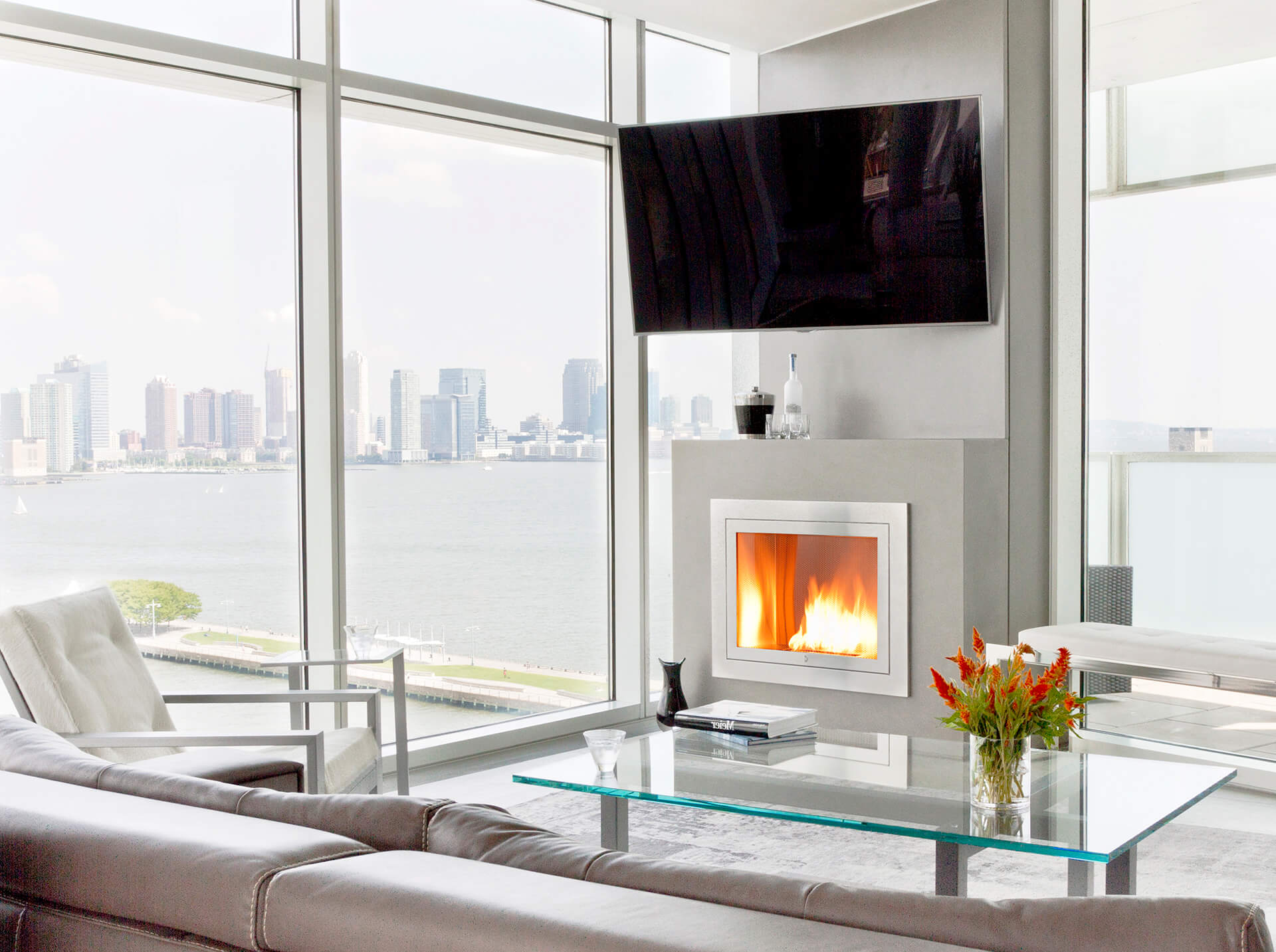
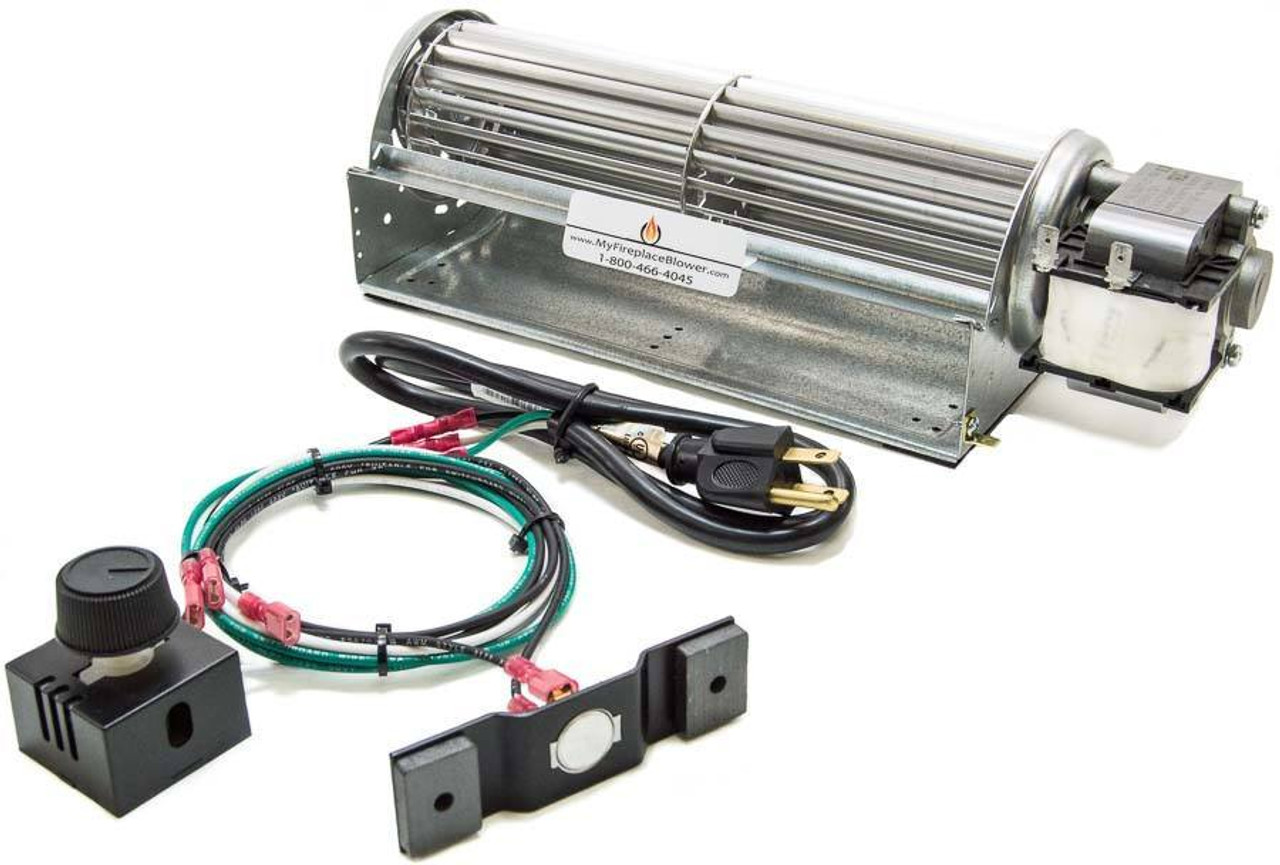
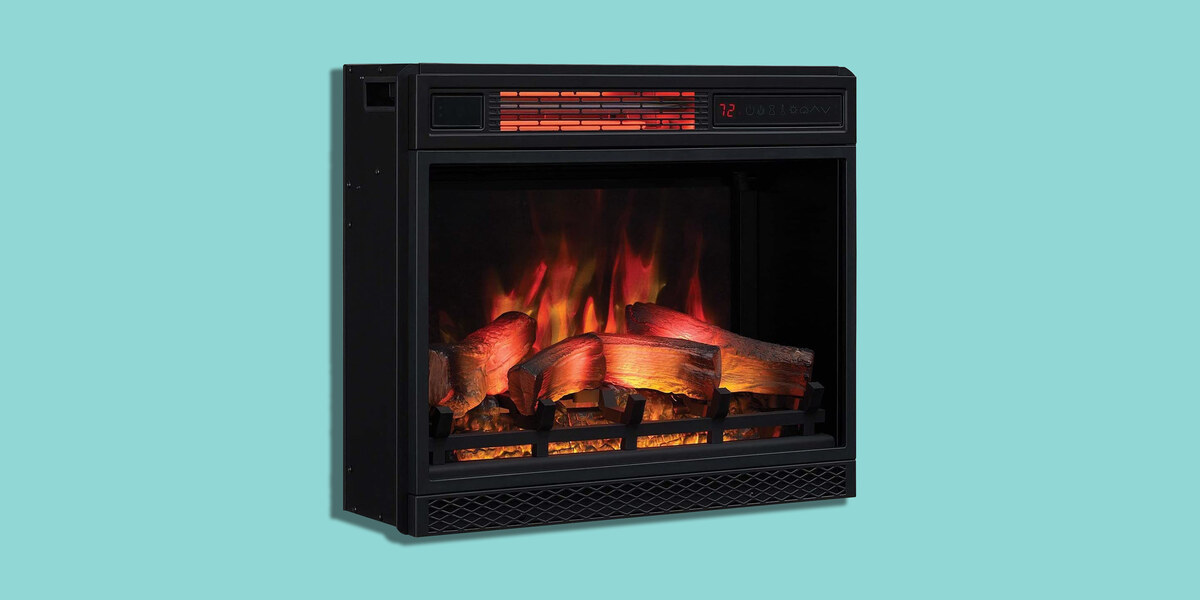
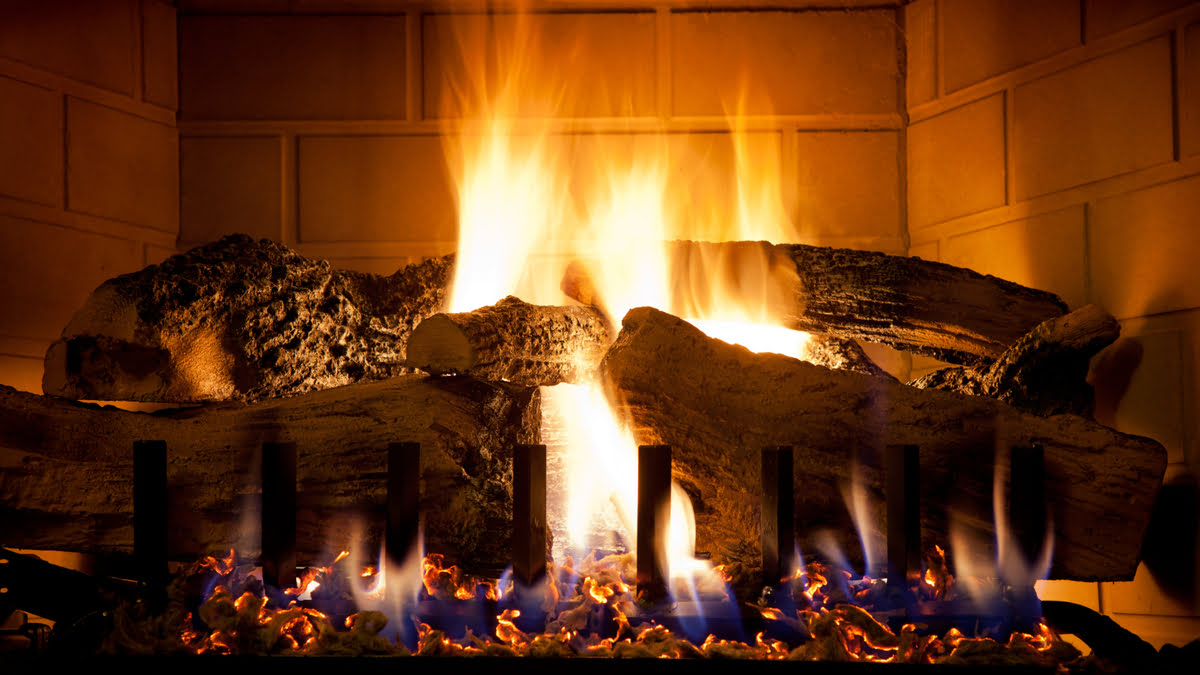
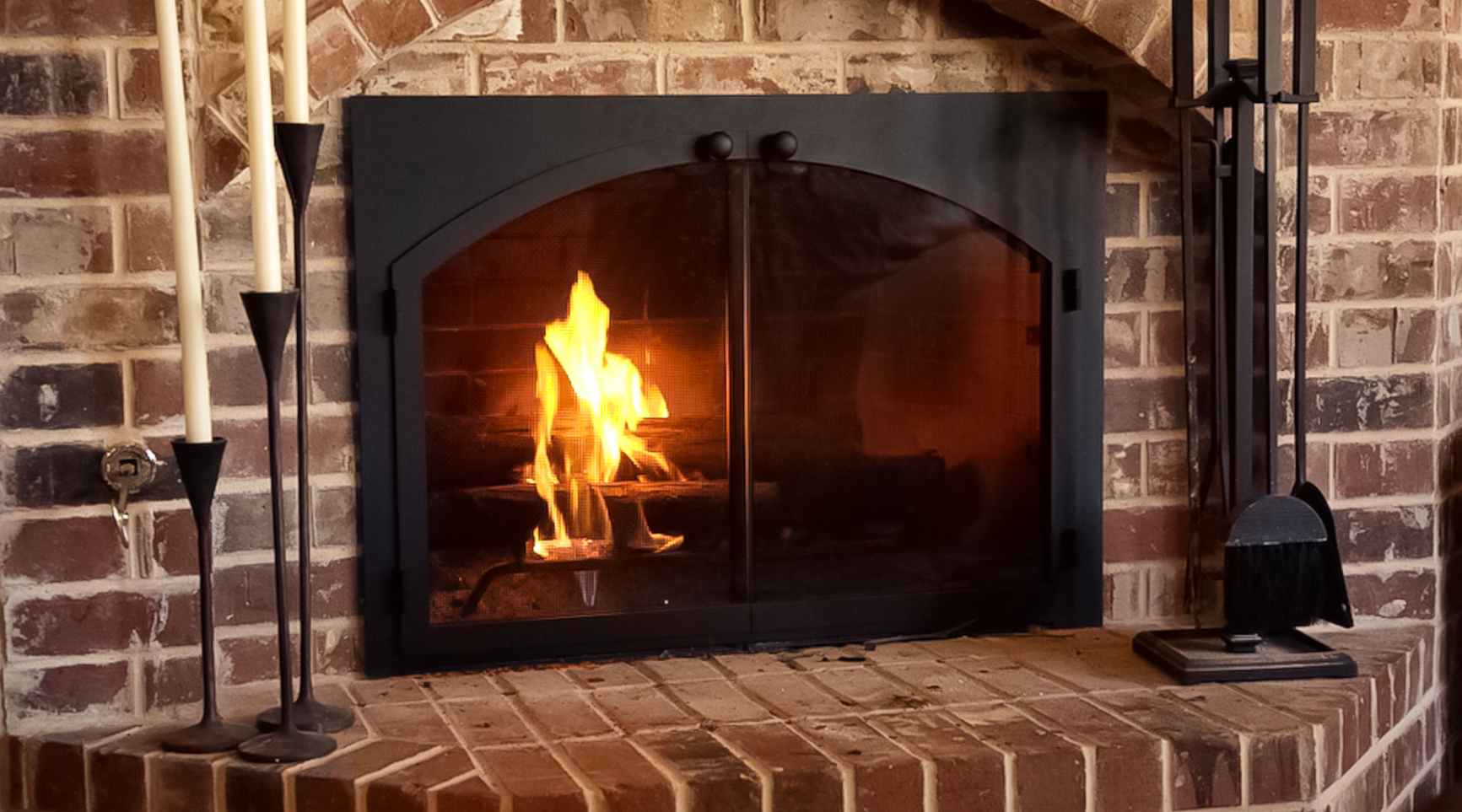
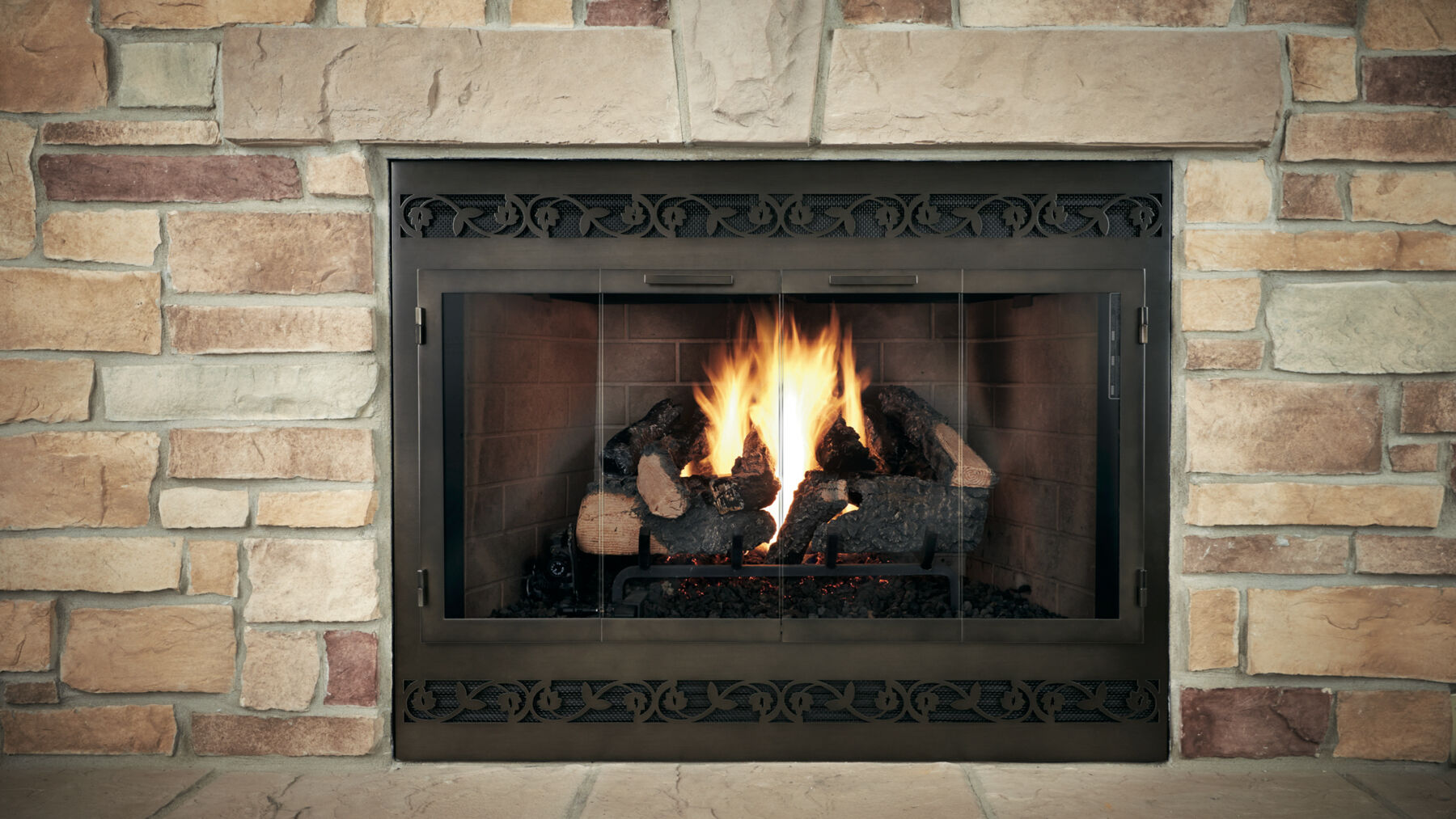
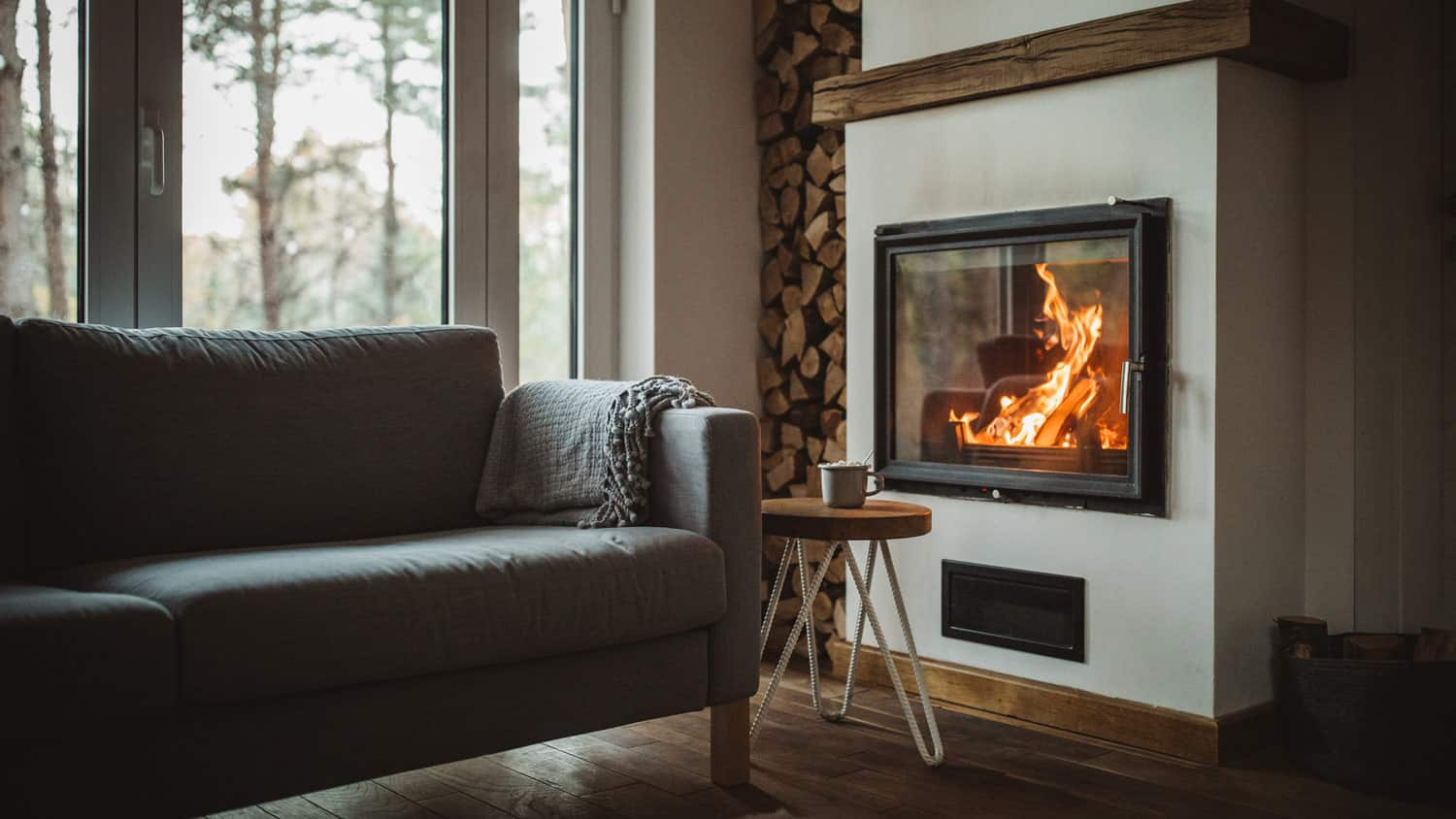
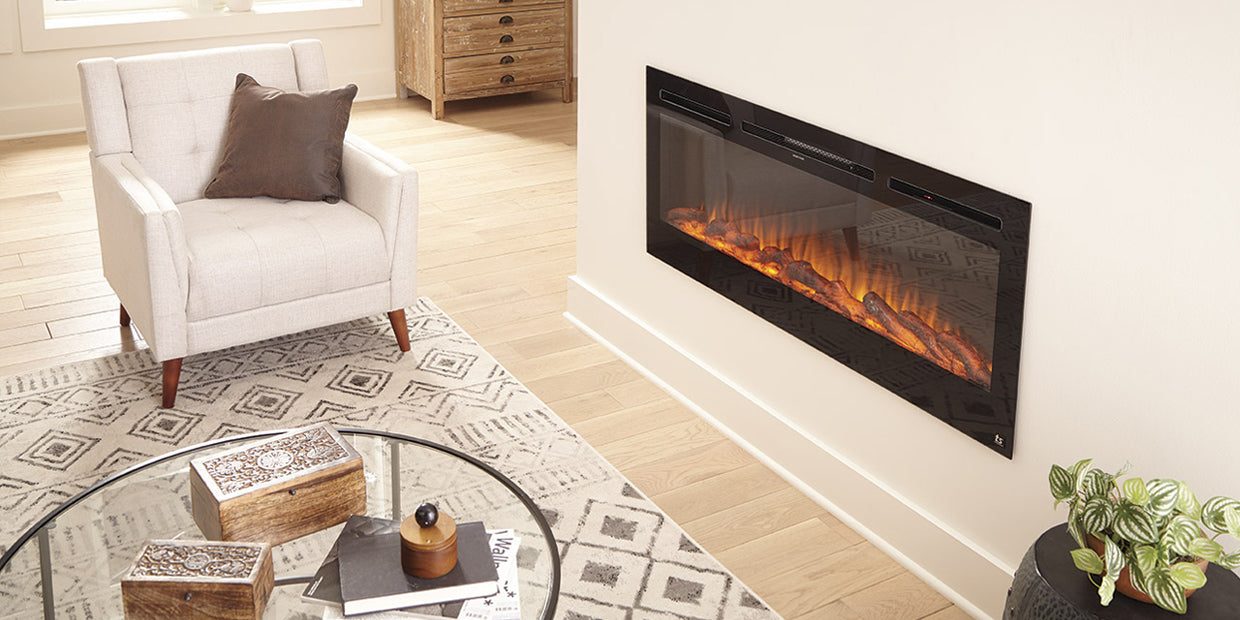
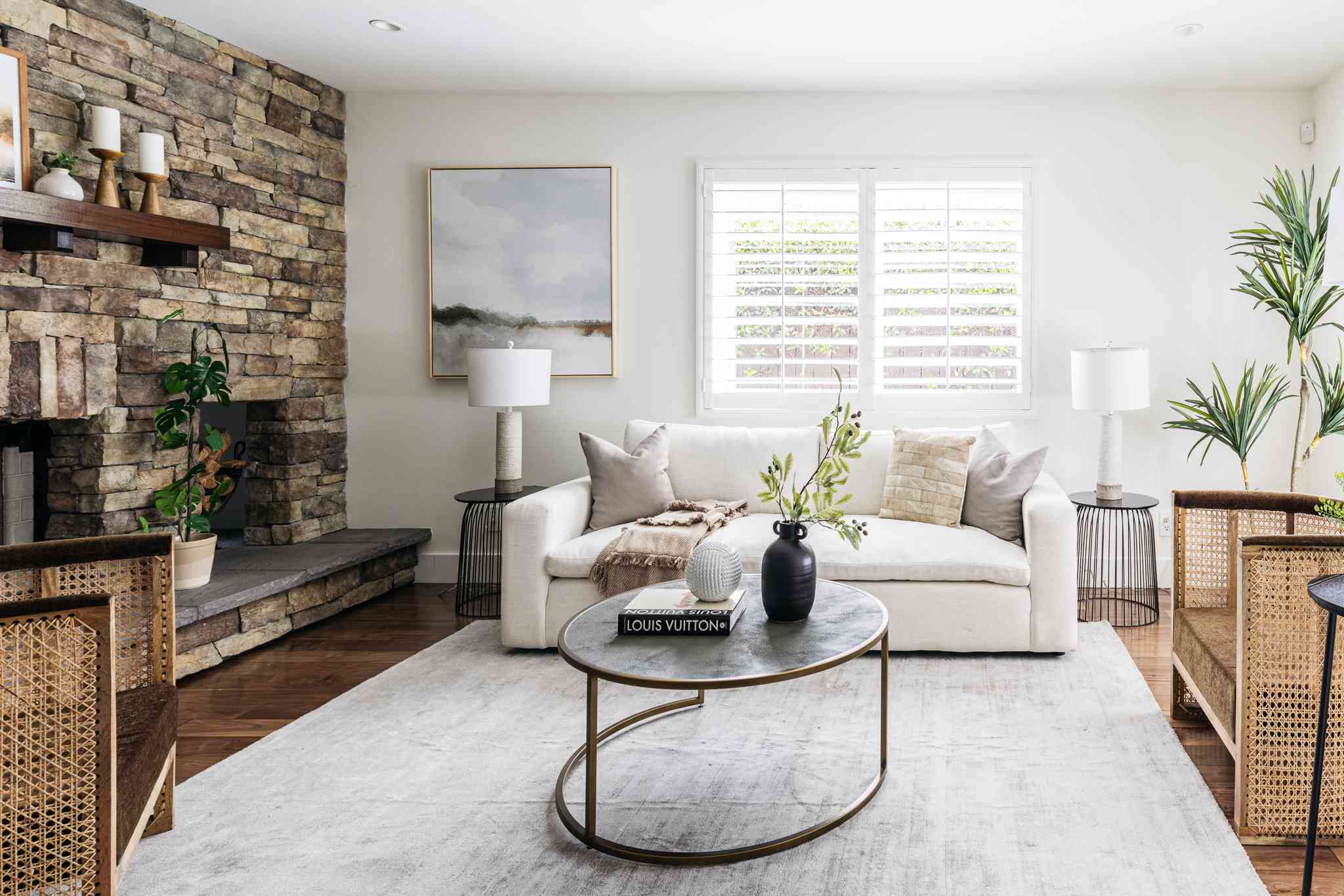
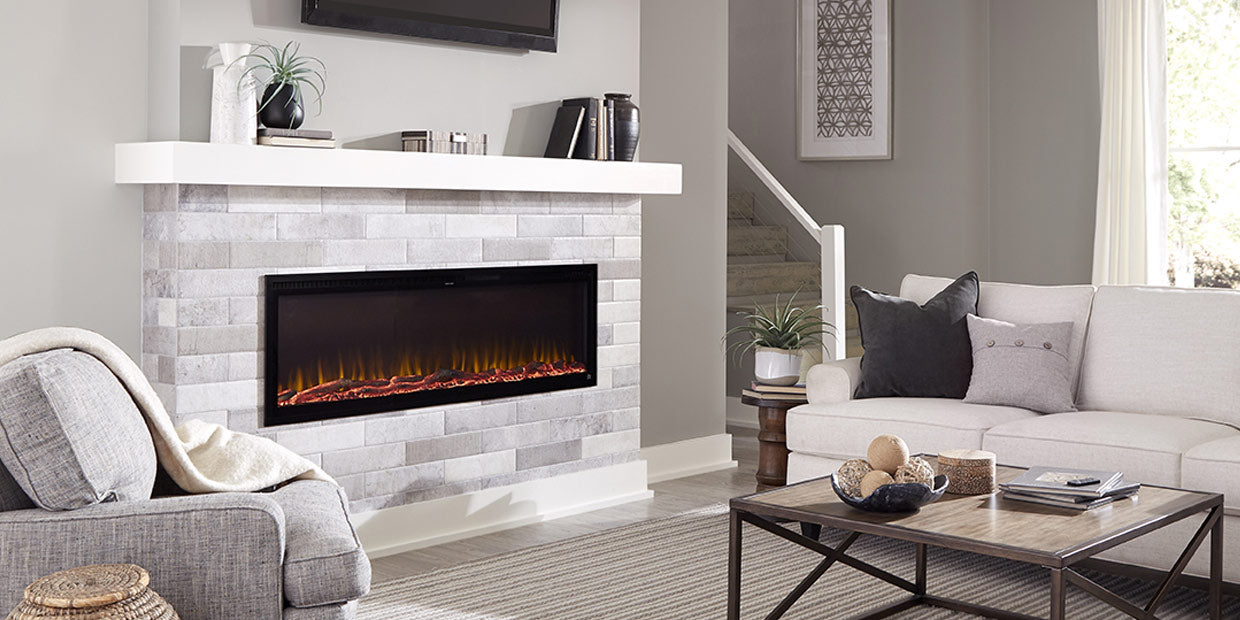
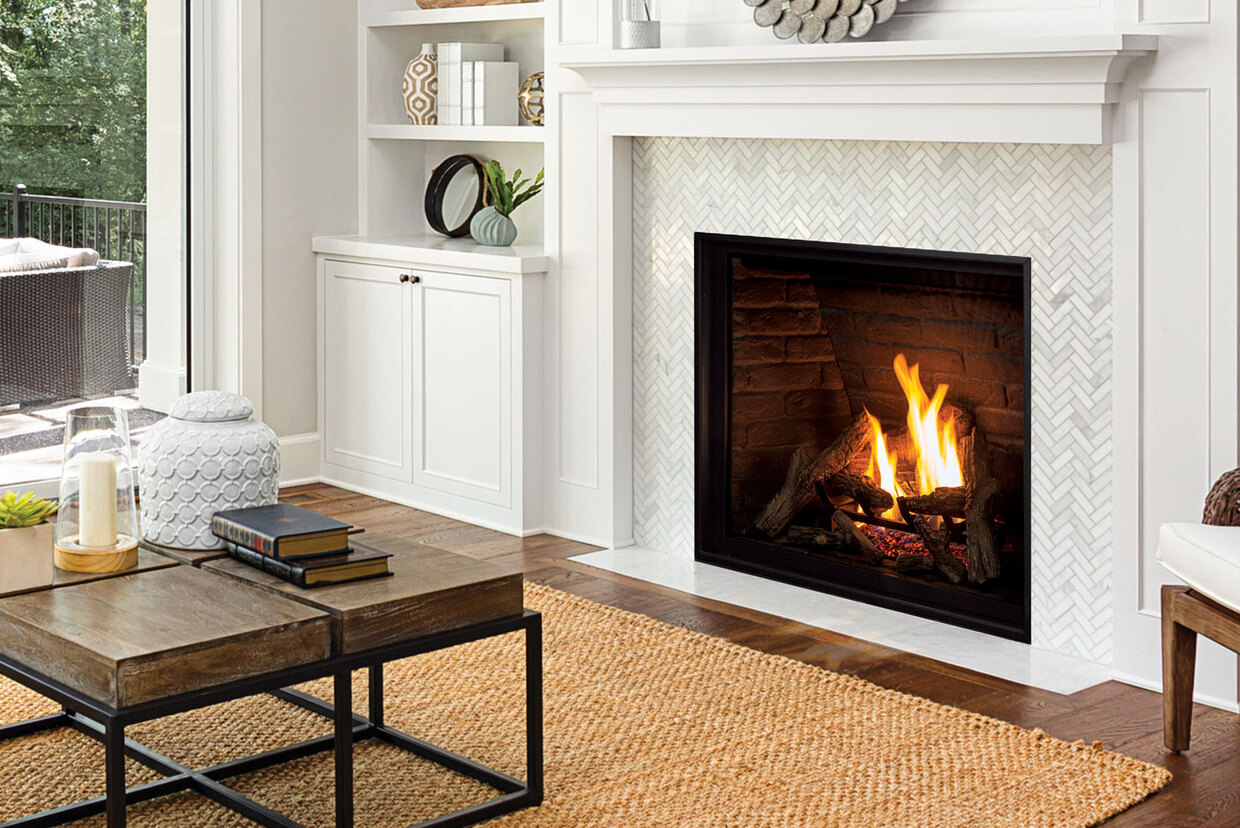
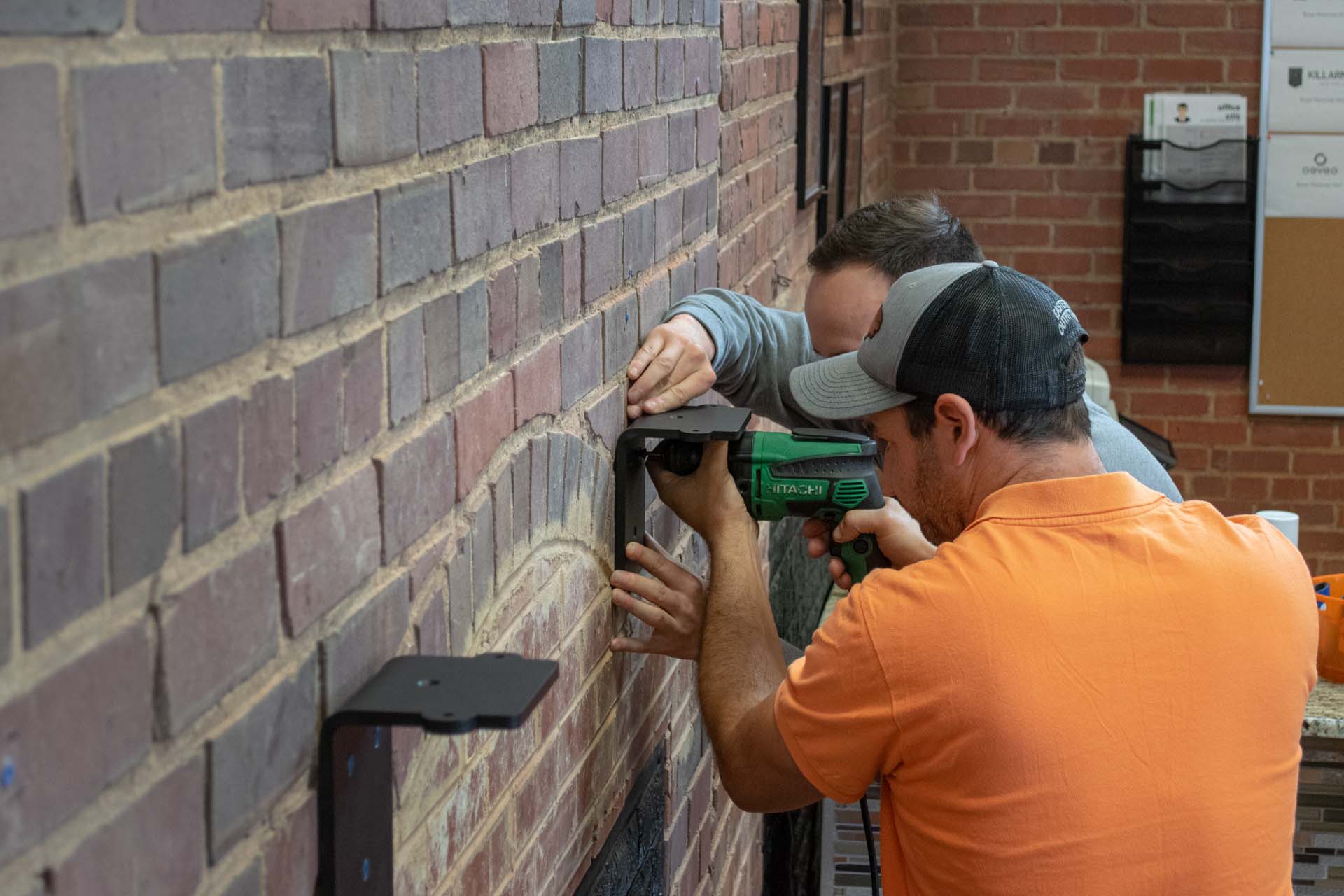
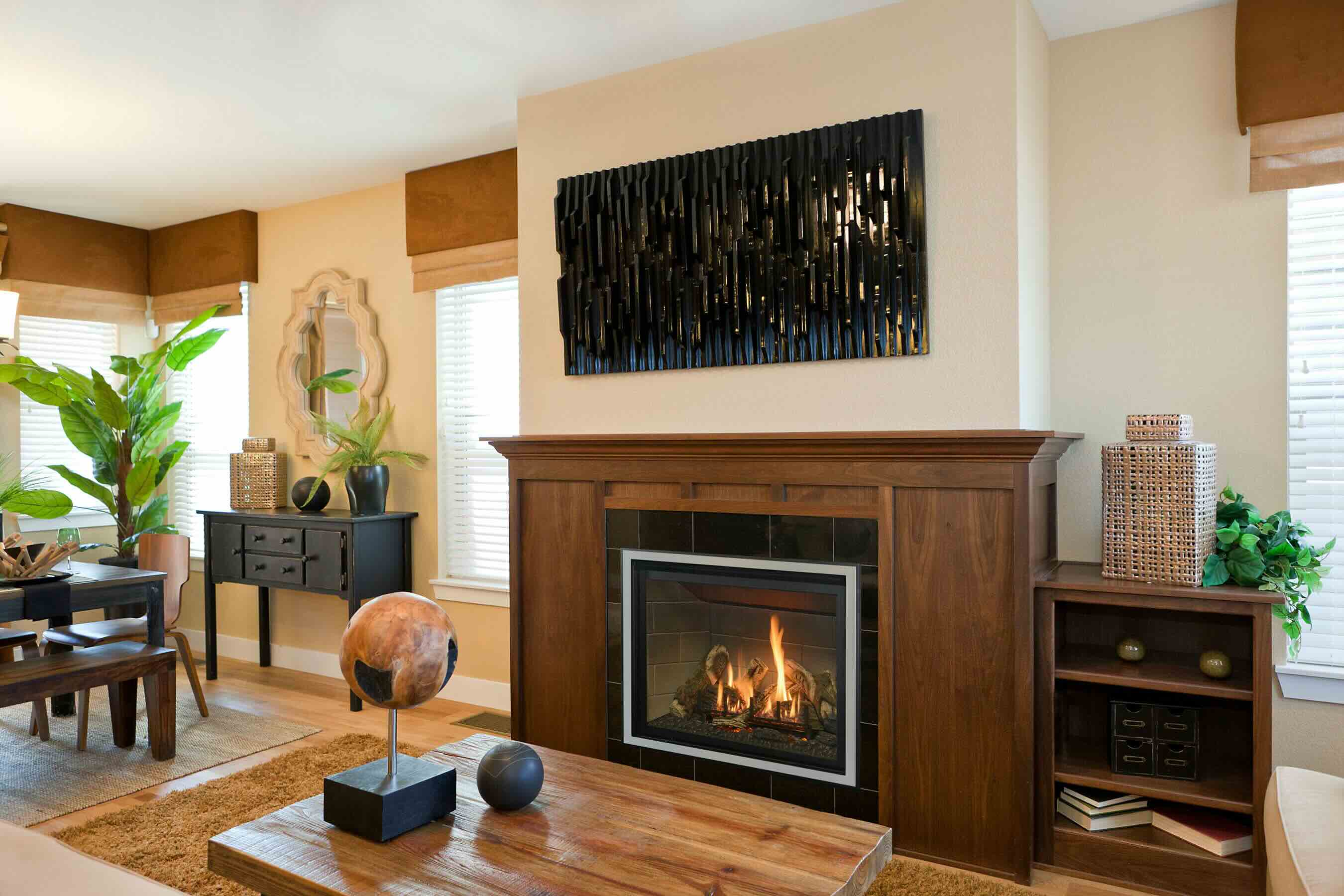
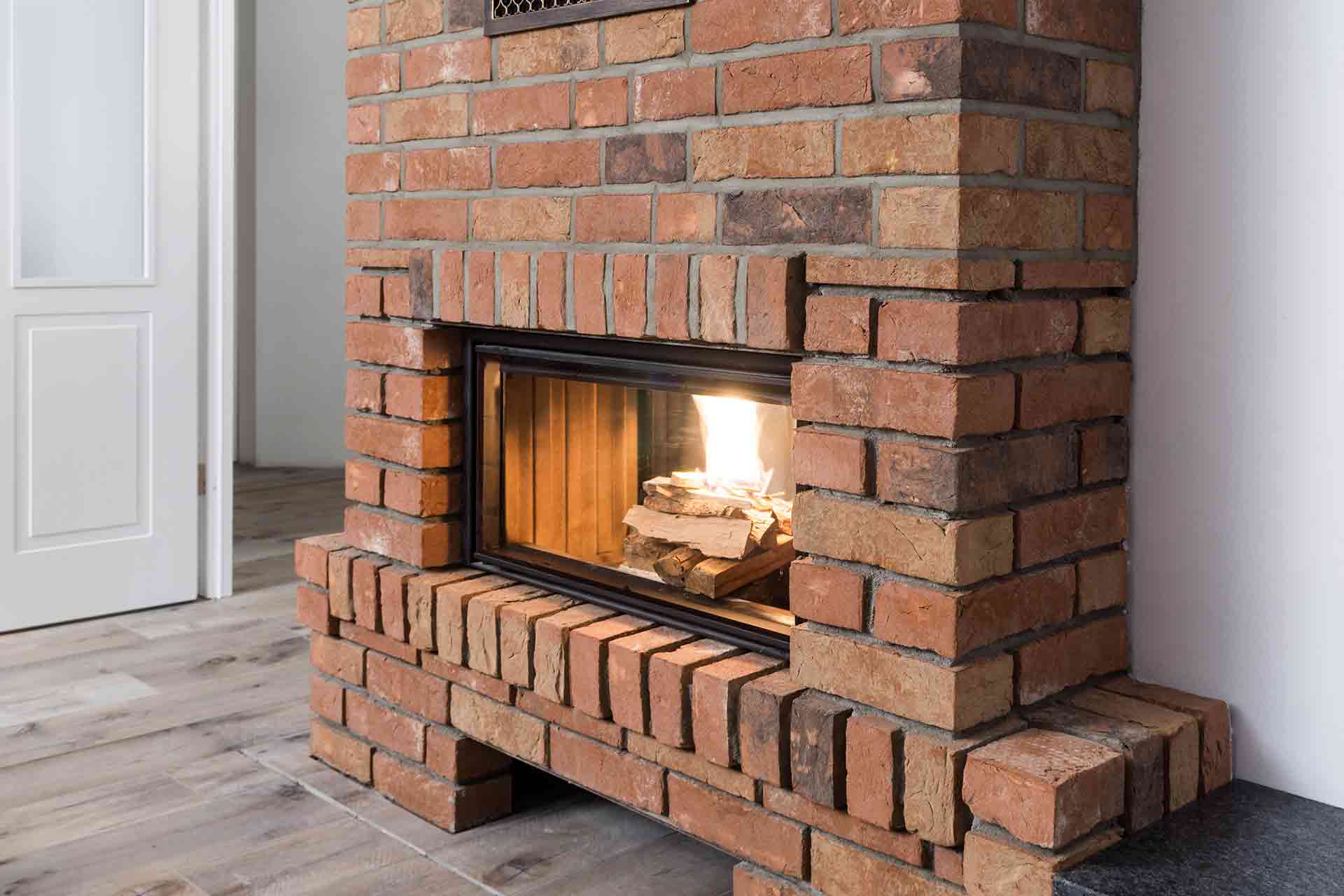

0 thoughts on “How To Install A Fireplace At Home”